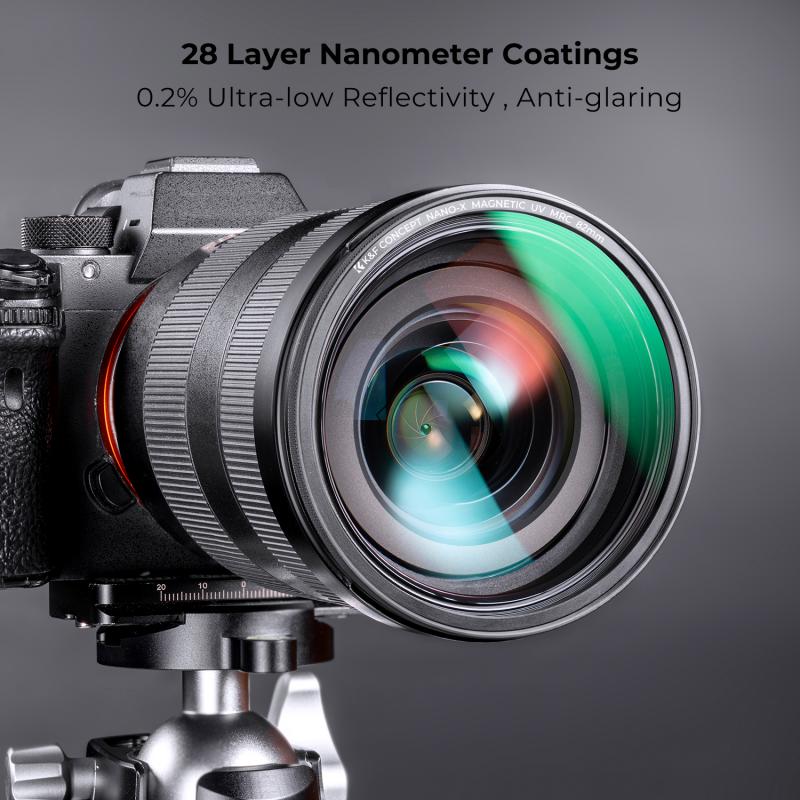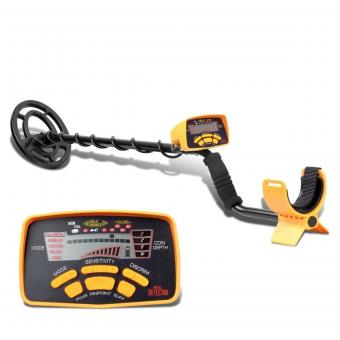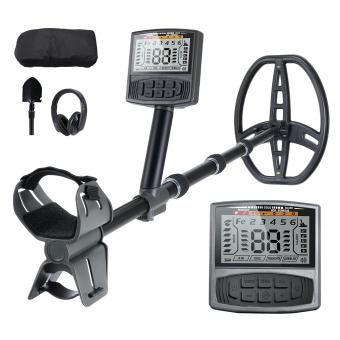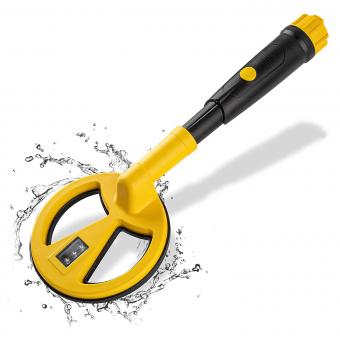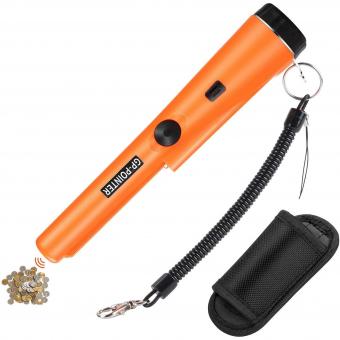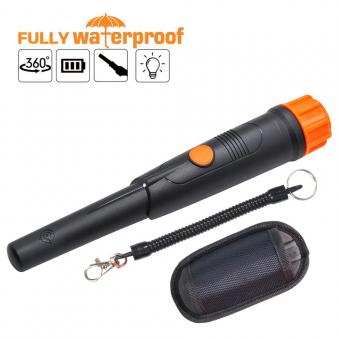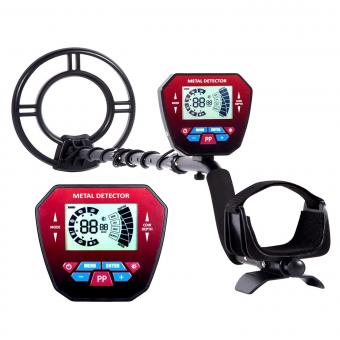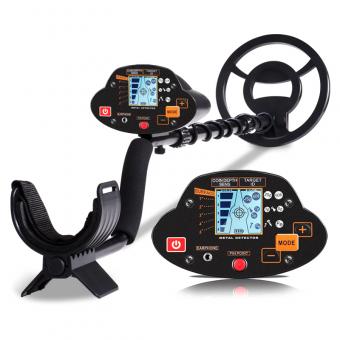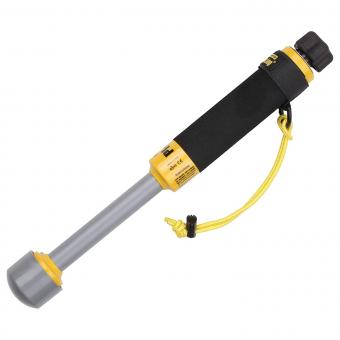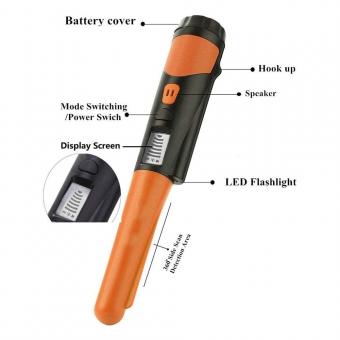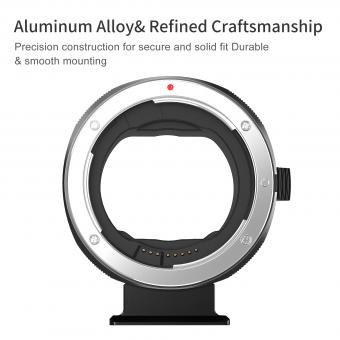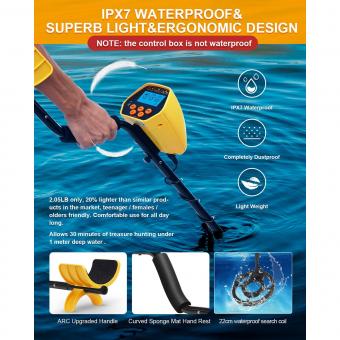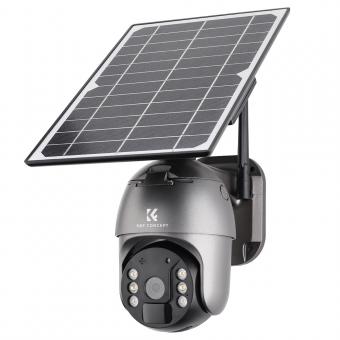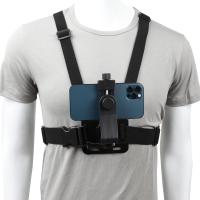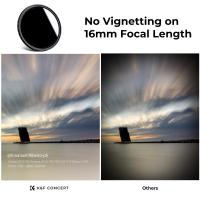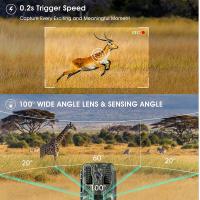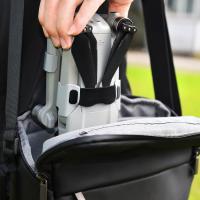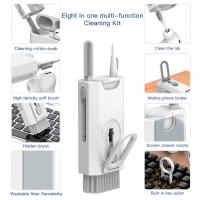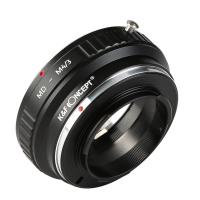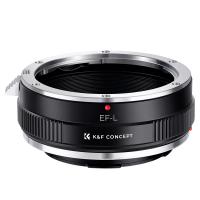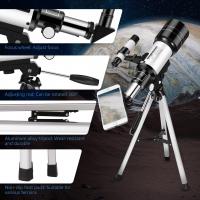How Deep Metal Detector Can Detect ?
The depth at which a metal detector can detect metal depends on various factors such as the type of metal detector, the size and composition of the metal object, and the soil conditions. Generally, most metal detectors can detect small metal objects like coins or jewelry up to a depth of 6-8 inches. However, larger metal objects like buried treasure or artifacts can be detected at greater depths, up to several feet deep, with specialized metal detectors. It is important to note that the depth of detection can also be affected by the presence of mineralized soil, electromagnetic interference, and other environmental factors.
1、 Sensitivity and Detection Depth
Sensitivity and Detection Depth are two important factors that determine how deep a metal detector can detect. Sensitivity refers to the ability of a metal detector to detect small or low-conductivity targets, while detection depth refers to the maximum depth at which a metal detector can detect a target.
The depth at which a metal detector can detect a target depends on several factors, including the size and conductivity of the target, the type of soil or environment in which the target is buried, and the technology used in the metal detector. Generally, the larger and more conductive the target, the deeper it can be detected. However, the type of soil or environment can also affect detection depth, as highly mineralized or salty soils can reduce the signal strength and limit detection depth.
The technology used in metal detectors has also improved over time, allowing for greater sensitivity and detection depth. Some of the latest metal detectors use advanced technologies such as multi-frequency operation, digital signal processing, and advanced target identification features to improve detection depth and accuracy.
In general, most metal detectors can detect targets at depths of up to 6-8 inches, while more advanced models can detect targets at depths of up to 12-18 inches or more. However, it is important to note that detection depth can vary greatly depending on the factors mentioned above, and that no metal detector can detect targets at infinite depths.
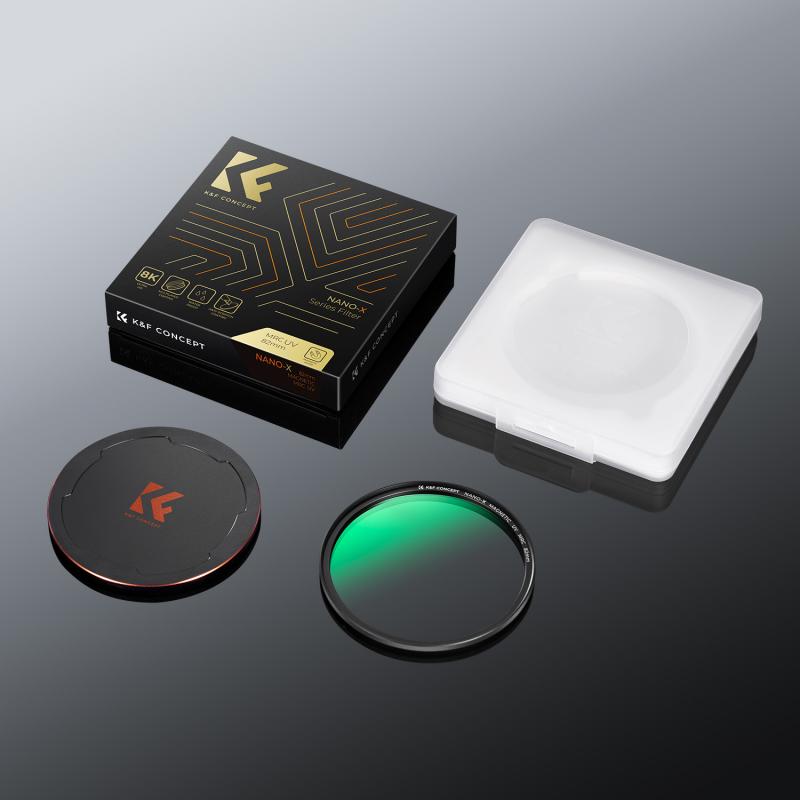
2、 Metal Type and Size
The depth at which a metal detector can detect metal depends on various factors such as the type and size of the metal, the sensitivity of the detector, and the soil conditions. Generally, metal detectors can detect small metal objects like coins and jewelry at a depth of up to 6-8 inches, while larger objects like metal pipes and weapons can be detected at a depth of up to 2-3 feet.
The type of metal also plays a crucial role in determining the detection depth. Ferrous metals like iron and steel are easier to detect than non-ferrous metals like gold and silver. This is because ferrous metals have magnetic properties that make them more responsive to metal detectors.
The size of the metal object also affects the detection depth. Larger objects have a stronger signal and can be detected at greater depths than smaller objects. However, the shape of the object also plays a role. Flat objects like coins and jewelry are easier to detect than irregularly shaped objects like nuggets.
The latest metal detectors are equipped with advanced technologies like multi-frequency detection and pulse induction that can improve the detection depth and accuracy. Multi-frequency detectors can detect a wider range of metals, while pulse induction detectors can detect metals in highly mineralized soils.
In conclusion, the depth at which a metal detector can detect metal depends on various factors, and there is no fixed answer. However, with the latest technologies and advancements, metal detectors can detect metals at greater depths and with greater accuracy than ever before.
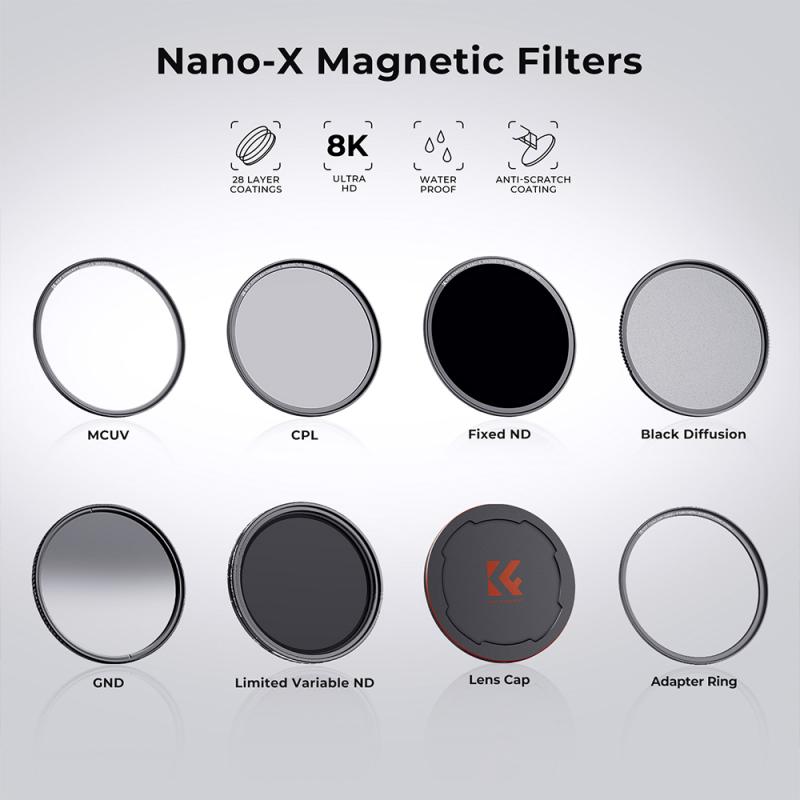
3、 Soil Composition and Moisture
How deep a metal detector can detect depends on various factors, including the type of metal detector, the size and composition of the target object, and the soil composition and moisture. Generally, metal detectors can detect targets at depths ranging from a few inches to several feet.
Soil composition and moisture play a crucial role in determining the detection depth of a metal detector. Dry, sandy soils are generally easier to penetrate than wet, clayey soils. This is because dry soils have lower electrical conductivity, which allows the metal detector's electromagnetic field to penetrate deeper. In contrast, wet soils have higher electrical conductivity, which can cause the electromagnetic field to be absorbed or scattered, reducing the detection depth.
Recent studies have shown that soil moisture content can affect the detection depth of metal detectors. In a study conducted by researchers at the University of California, Riverside, it was found that metal detectors could detect targets at greater depths in dry soils than in wet soils. The study also showed that the detection depth decreased as the soil moisture content increased.
In conclusion, the detection depth of a metal detector is influenced by various factors, including soil composition and moisture. Dry, sandy soils are generally easier to penetrate than wet, clayey soils, and the detection depth decreases as the soil moisture content increases. However, the exact detection depth can vary depending on the specific conditions and the type of metal detector used.

4、 Search Coil Size and Shape
"How deep metal detector can detect" is a common question among metal detector enthusiasts. The answer to this question depends on several factors, including the search coil size and shape.
Search coil size and shape play a crucial role in determining the depth at which a metal detector can detect objects. Generally, larger search coils can detect objects at greater depths than smaller coils. This is because larger coils can cover more ground and detect larger targets.
However, the shape of the search coil also plays a role in determining the depth of detection. Concentric coils are generally better at detecting small targets at greater depths, while DD coils are better at detecting larger targets at shallower depths.
It's important to note that the depth at which a metal detector can detect objects also depends on the type of soil and the mineralization of the ground. Highly mineralized soil can reduce the depth of detection, while clean soil can increase it.
In recent years, metal detector technology has advanced significantly, and some detectors can detect objects at depths of up to 20 feet or more. However, it's important to keep in mind that the depth of detection also depends on the size and composition of the target.
In conclusion, the depth at which a metal detector can detect objects depends on several factors, including the search coil size and shape, soil type, and mineralization. With the latest advancements in metal detector technology, some detectors can detect objects at greater depths than ever before.
